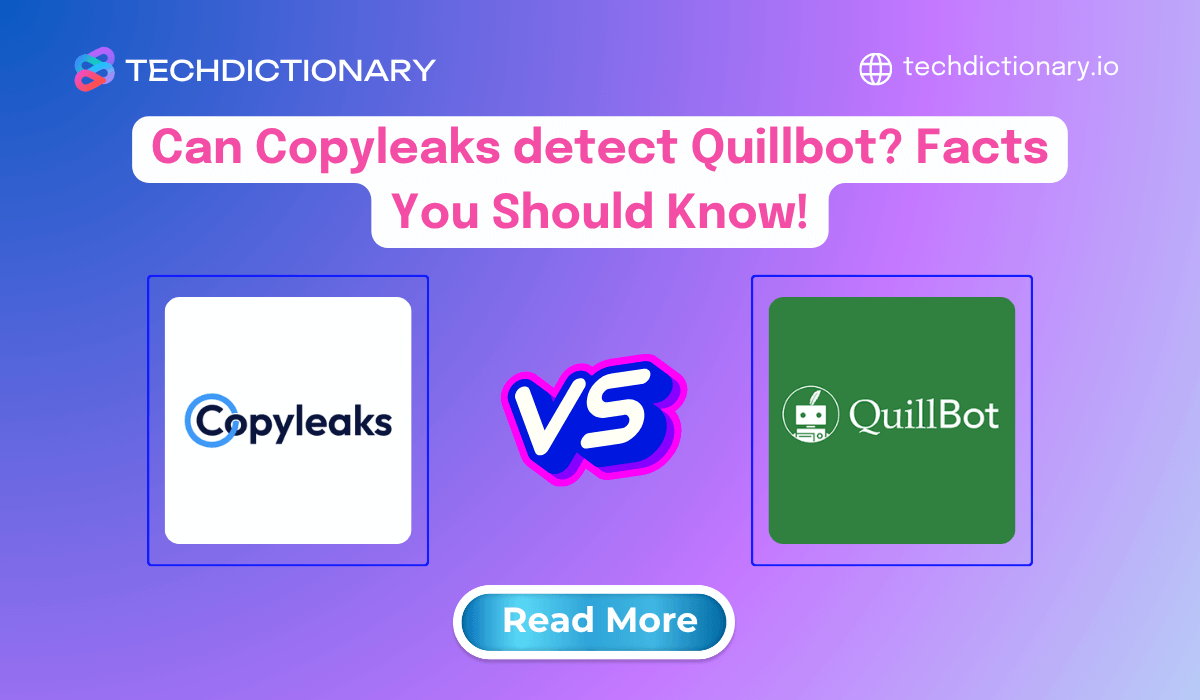
You just pasted the edited text from QuillBot into Copyleaks, and your heart skipped a beat when it showed 0% AI content detected. “Oh, so it was bypassed?, you wonder. And can Copyleaks detect QuillBot?
If you’re curious about the relationship between these two tools, this article is for you. Techdictionary will help you explore how Copyleaks works, how QuillBot processes text, and, more importantly, how you can use these two tools intelligently and appropriately and still maintain originality in every word. Let’s find out!
Yes, Copyleaks is capable of detecting texts that have been modified by QuillBot. It uses advanced algorithms that go beyond simple keyword matching. It analyzes sentence structure, word choice, and overall text patterns to identify similarities, even if the text has been reworded. This means that if QuillBot simply swaps out a few synonyms or makes minor adjustments, Copyleaks will likely flag the content as similar to the source.
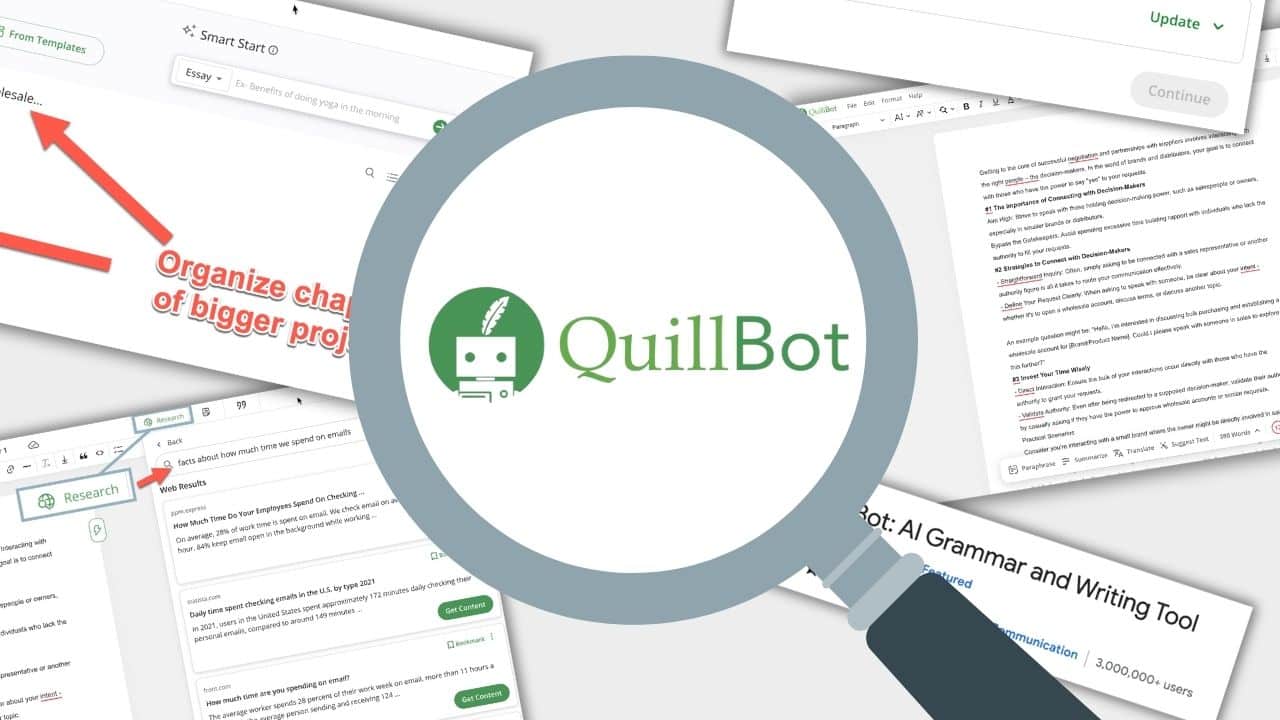
Can Copyleaks Detect QuillBot?
You may be interested in:
Can GPTzero Detect QuillBot? We Tested 4 Modes to Prove It!
Does Turnitin Detect QuillBot? The Truth Was Tested in 2025
Now, to really get a feel for whether Copyleaks can capture content that’s been through QuillBot’s paraphrasing, TechDictionary decided to run a little test. Here’s how we set it up:
Step 1: First, ask ChatGPT to write a paragraph on a random topic.
Step 2: Then, use QuillBot Premium to paraphrase it in four popular modes: Standard, Formal, Academic, and Creative.
Step 3: Finally, each of these rewritten versions is sent to Copyleaks to see how it responds.
Ready to see the results? Let’s get started!
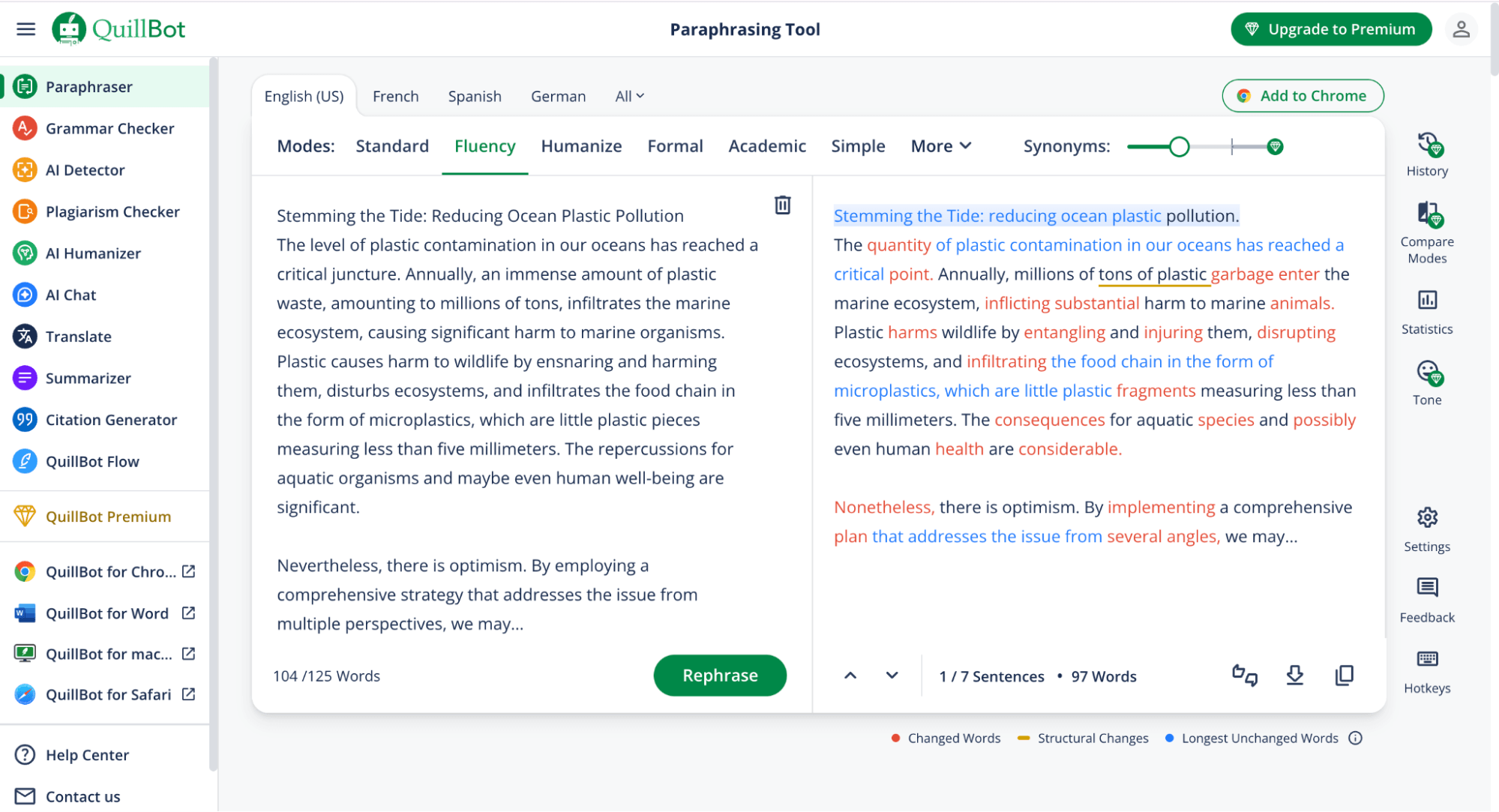
Use Quillbot to paraphrase text
Let’s start with Standard Mode, QuillBot’s go-to setting that lightly rewords the text while keeping the original meaning.
And the results? Copyleaks found that 0% of AI content was detected, which is surprising. Even simple paraphrasing can miss detection in some cases.
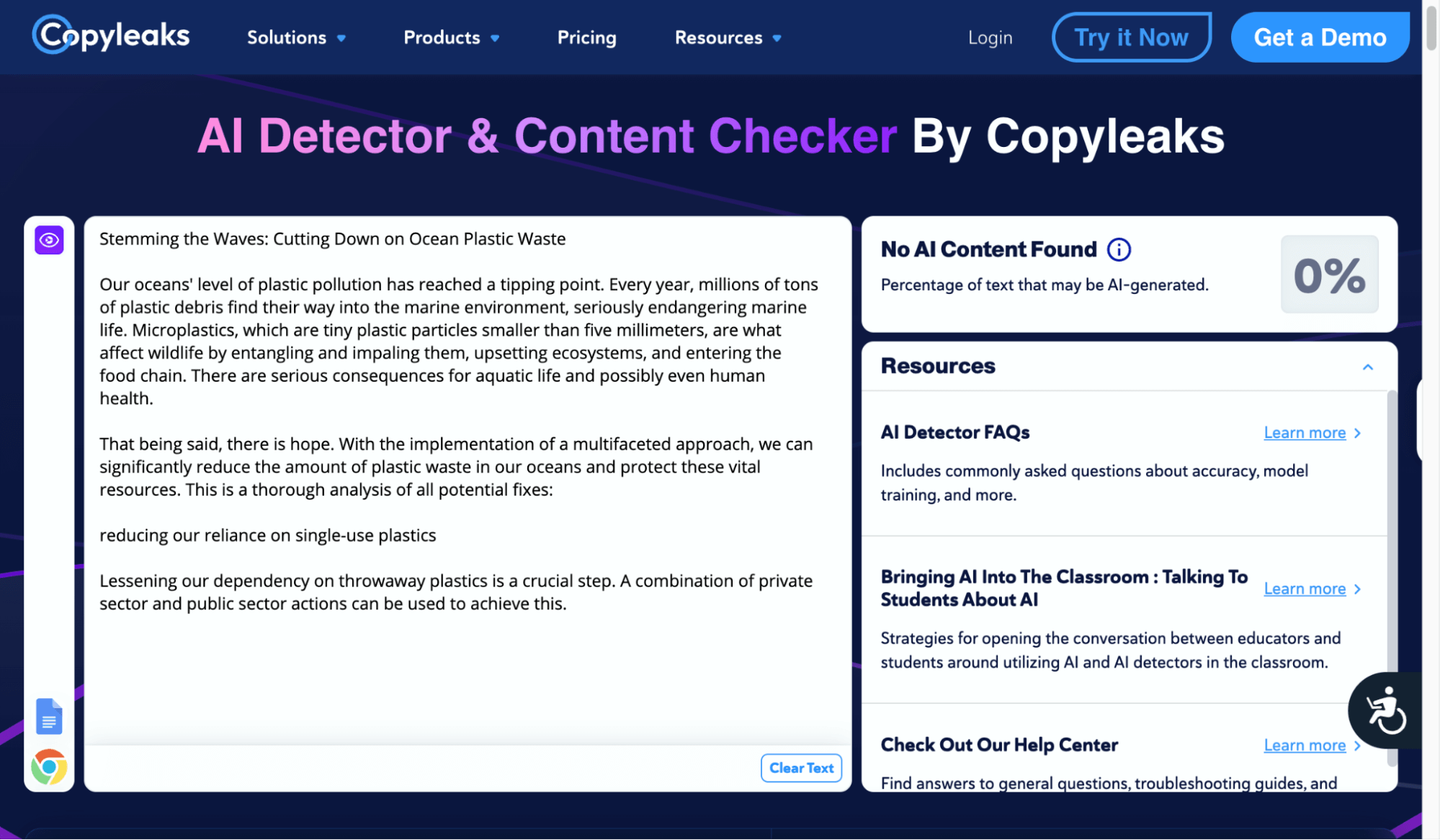
QuillBot Standard Mode can bypass Copyleaks
When switched to Formal Mode, Copyleaks flagged the text as 100% AI. Although the language sounded more polished, it still revealed clear AI traits that Copyleaks easily caught.
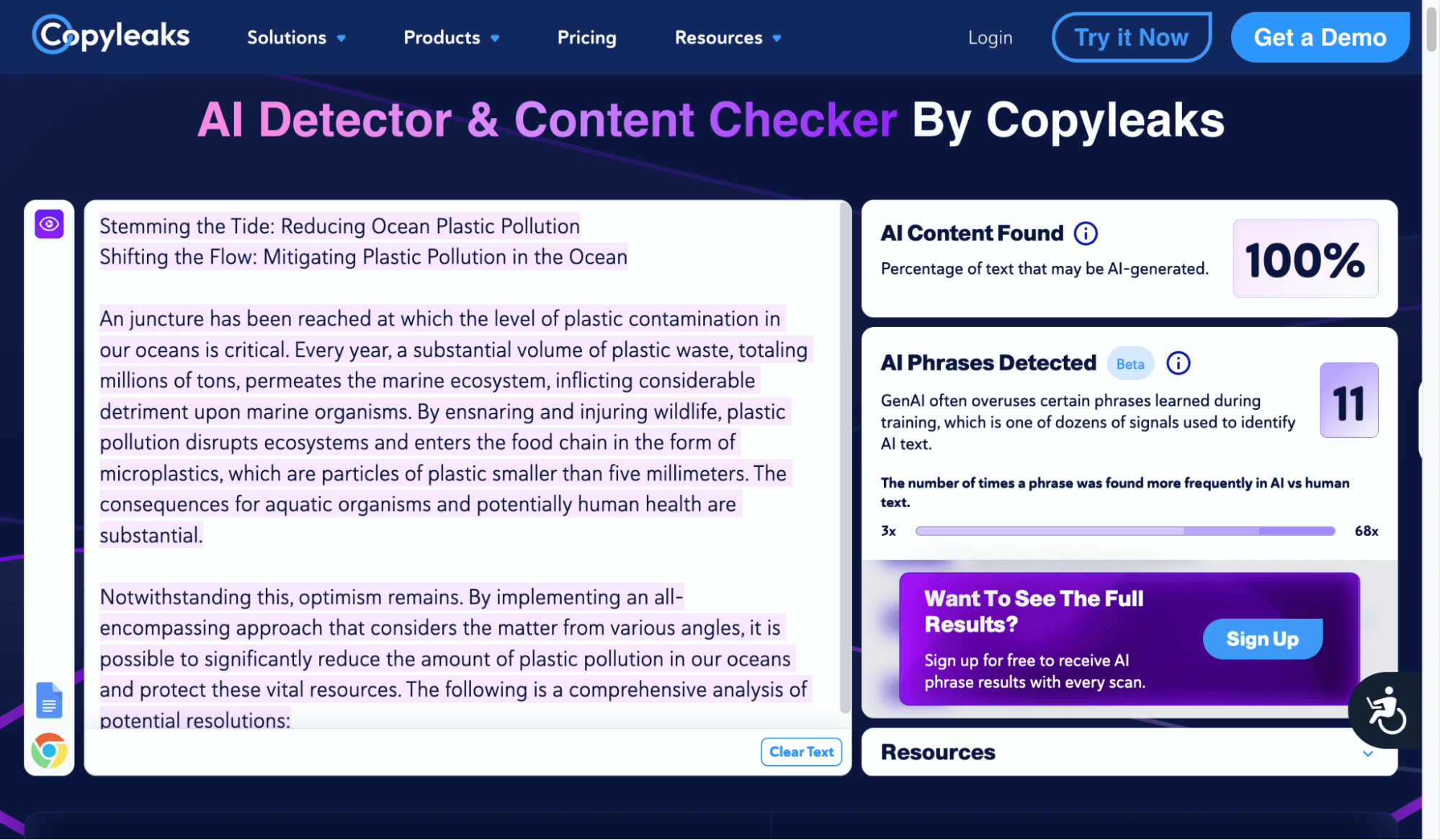
Can Copyleaks Detect Quillbot In Formal Mode?
Then we decided to get a bit more scholarly with QuillBot’s Academic Mode, which rephrases text in a more technical, research-style tone. Copyleaks once again flagged it as 100% AI. Even with formal academic wording, the AI roots didn’t slip past detection.
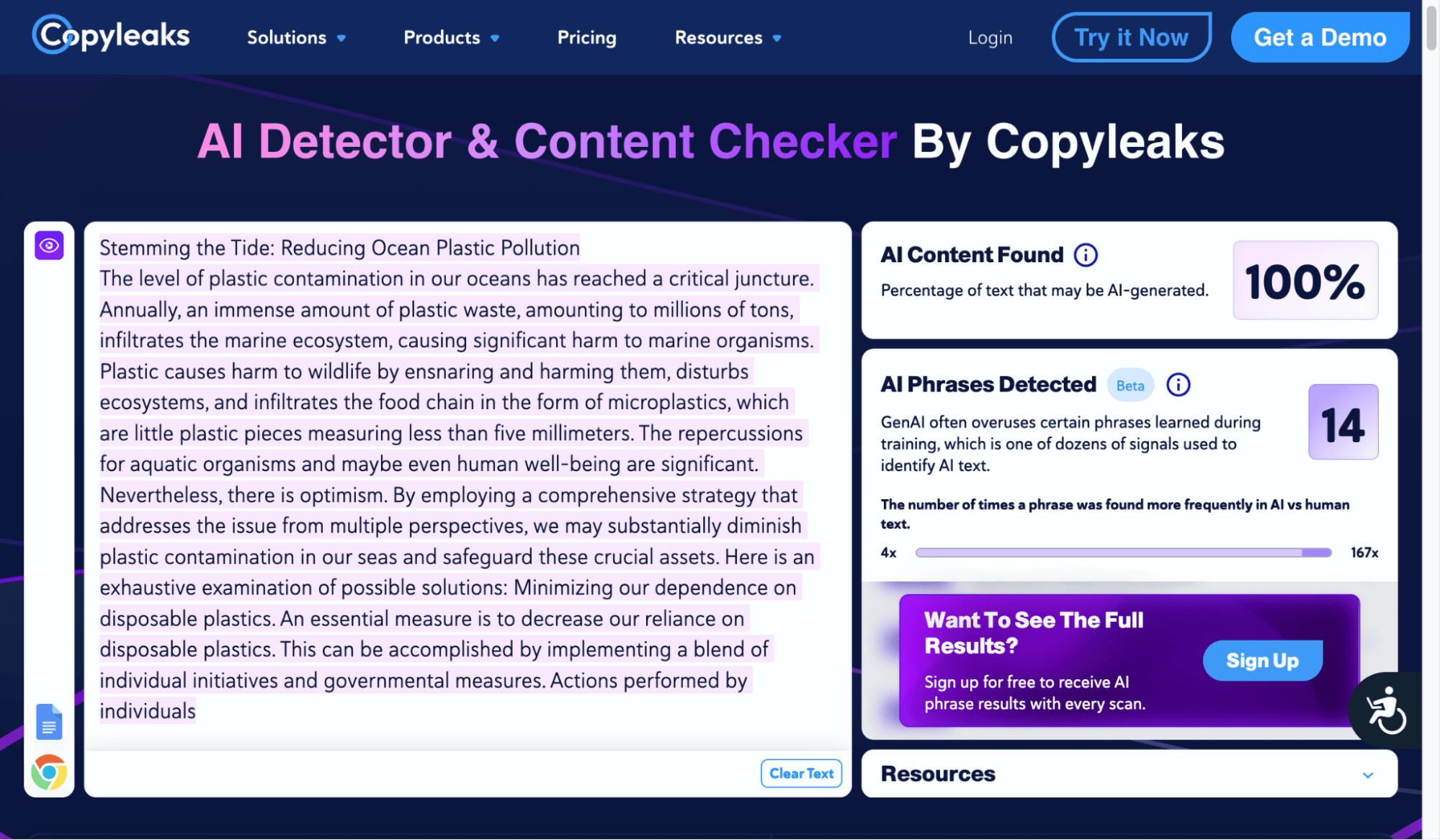
Can Copyleaks Detect Quillbot In Academic Mode?
And now for the mode that often promises the most significant transformation: QuillBot’s Creative Mode. It takes more liberties with phrasing for a unique, human-like tone, and it worked. Copyleaks detected 0% AI content, suggesting this mode can effectively bypass detection in some cases.
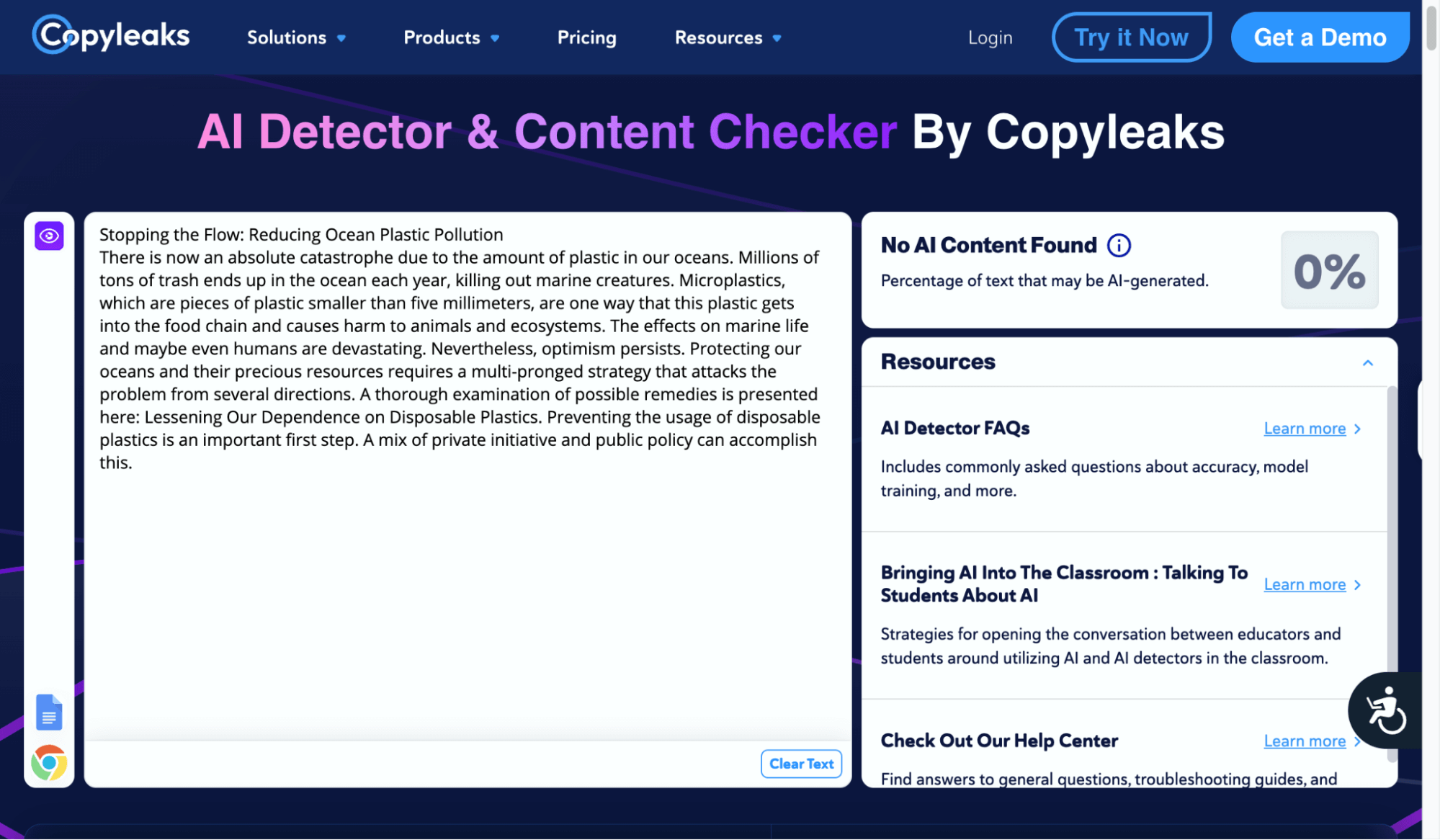
QuillBot Creative Mode can bypass Copyleaks
To understand how Copyleaks tries to catch QuillBot, we first need to understand how QuillBot reinterprets. The tool uses advanced Natural Language Processing (NLP) to understand your text and transform it. It does this in a few ways:
Copyleaks has built a solid reputation for plagiarism detection, and their approach is quite comprehensive. Here’s what TechDictionary understands about the plagiarism detection process:
Additionally, Copyleaks supports multiple formats like Word, PDF, HTML and can scan for plagiarism in over 30 languages. This layered detection helps catch everything from direct copying to certain types of paraphrased content.
Using tools like QuillBot ethically is super important, especially for school or professional work. Here’s how you can use QuillBot responsibly and lower your chances of getting flagged:
If you are using QuillBot to paraphrase information, triple-check to ensure the paraphrased version does not inadvertently distort the truth. For an additional layer of potential plagiarism checking and AI detection in your final draft, a comprehensive tool like Originality AI can be a useful resource.
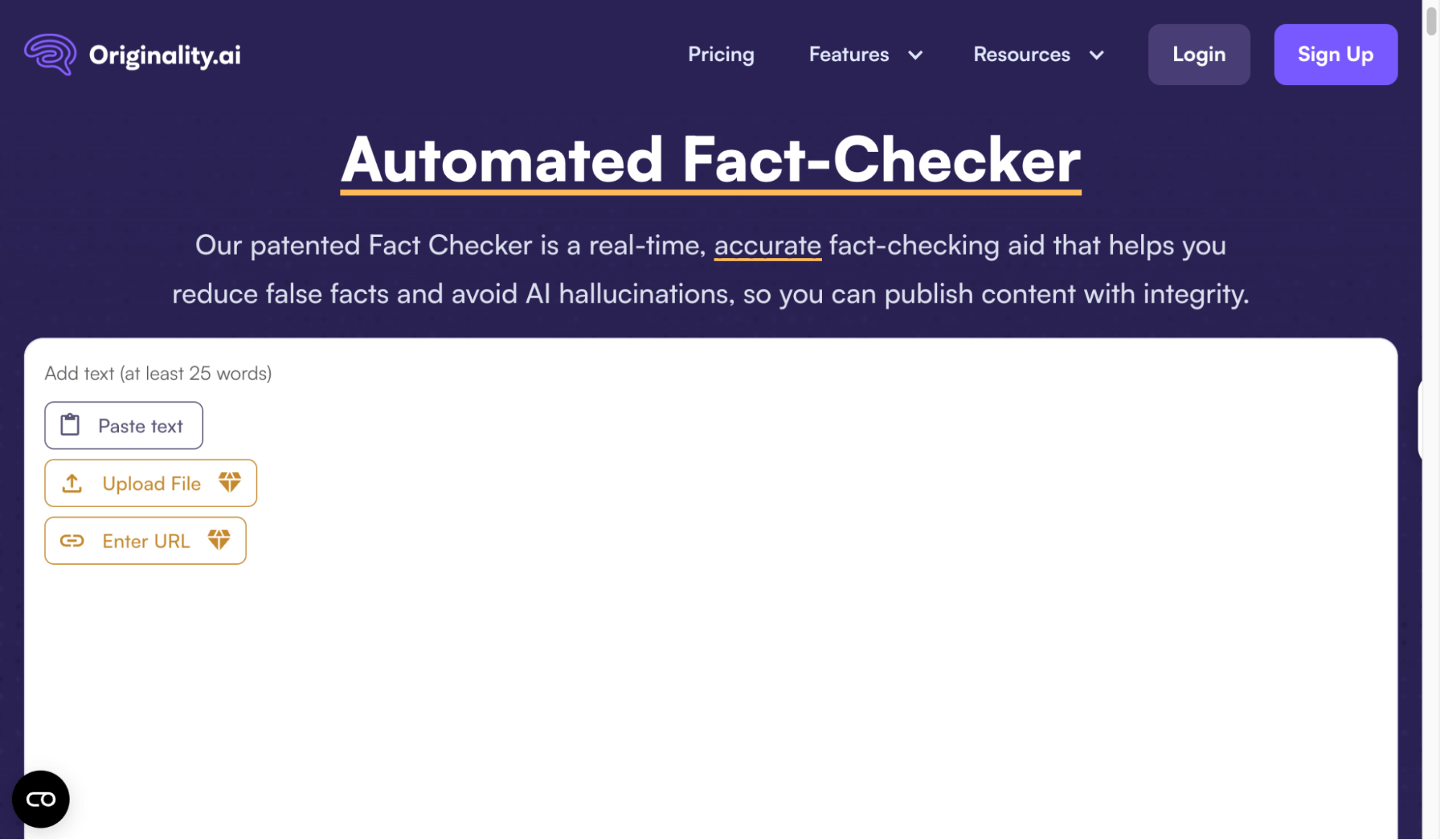
Originality AI Fact-Checker feature
You may be interested in: Originality AI vs Copyleaks: Can They Detect Paraphrased AI?
Always, always cite your sources! Even if you’ve rephrased or summarized, you need to acknowledge where the information came from. This shows respect for the original author’s hard work and helps you avoid plagiarism. Tools like Paperpal can be really helpful here, making sure your academic citations are legit and follow all the right rules.
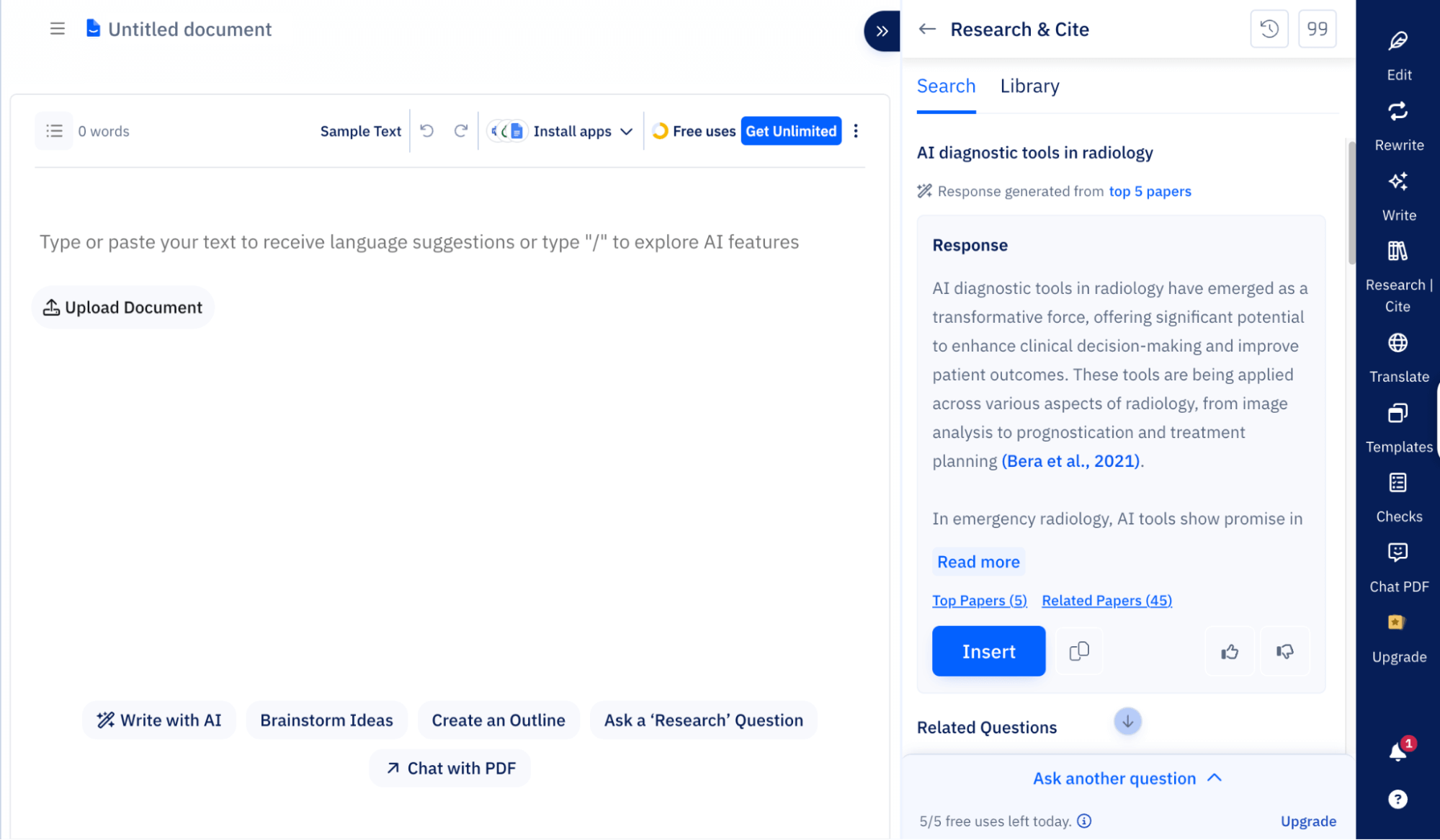
Paperpal’s cite source feature
You may be interested in: Paperpal vs QuillBot: Which AI Writing is the Best for Academics in 2025?
After editing with QuillBot, it’s smart to run your text through a trusted AI detector. AI Detection tools like Winston AI are great for academic or professional writing; they scan for signs of AI through tone, structure, and wording. Think of it as a final safety check before you hit “submit.
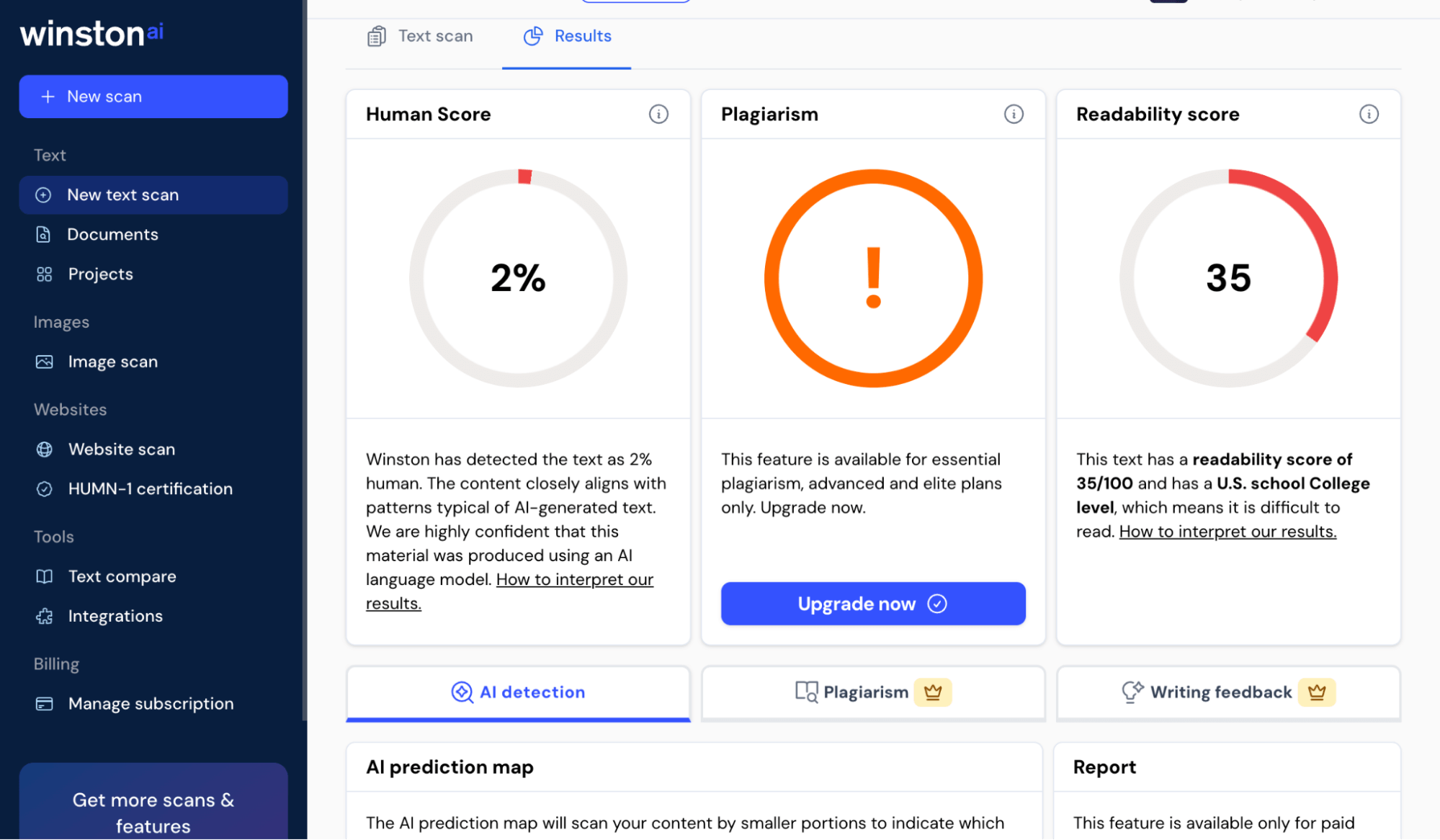
Winston AI Detection Feature
You may be interested in: Winston AI vs. Originality AI: Which AI Detection Tool is Better?
In today’s work life, interpretation tools like QuillBot are no longer mere word processors; they are tools that assist in refining your text. The ethical boundary is not whether you use tools, but how you use them.
The key is to use their power to enhance your ideas, helping you produce work that is both linguistically polished and authentically your own.
You may be interested in: Is Using AI Considered Plagiarism? Find Out the Hidden Facts
So, can Copyleaks detect QuillBot? Yes, but as we’ve seen, highly sophisticated paraphrasing techniques or AI humanization can confuse it. The real point from TechDictionary isn’t to find the perfect way to “beat” the systems. It’s to understand how these tools work so you can use them, like QuillBot, as a powerful assistant to enhance your unique thinking and writing, always ethically and with credit.
What do you think about how AI detection tools are holding up? Share your insights in the comments below!

